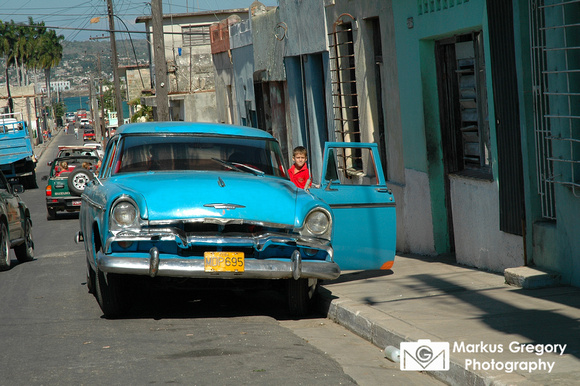Matanzas City Scenes
Matanzas is the capital of the Cuban province of Matanzas. It is famed for its Afro-Cuban folklore.It is located on the northern shore of the island of Cuba, on the Bay of Matanzas (Spanish Bahia de Matanzas), 90 kilometers (56 mi) east of the capital Havana and 32 kilometers (20 mi) west of the resort town of Varadero.Matanzas is called the city of bridges, of which there are seventeen crossing the three rivers that traverse the city (Rio Yumuri, San Juan, and Canimar). For this reason it was referred to as the "Venice of Cuba." It was also called "La Atenas de Cuba" (the Athens of Cuba) for its poets.
Matanzas was founded in 1693 as San Carlos y San Severino de Matanzas.[1]Matanzas was one of the regions that saw intensive development of sugar plantations during the colonial era. Consequently, many African slaves were imported to support the sugar industry, particularly during the first half of the nineteenth century. For example, in 1792 there were 1900 slaves in Matanzas, roughly 30% of its population. In 1817, the slave population of Matanzas had grown to 10,773, comprising nearly 50% of the overall population. By 1841, 53,331 slaves made up 62.7% of the population of Matanzas.[4]Census figures for 1859 put the Matanzas slave population at 104,519.[4] Matanzas was the site of several slave insurrections and plots, including the infamous Escalera conspiracy (discovered in late 1843). Due to the high number of both slaves and, importantly, free Afro-Cubans in Matanzas, the retention of African traditions is especially strong there. In 1898, Matanzas became the location of the first action in the Spanish/American War. The city was bombarded by American Navy vessels on April 25th 1898, just after the beginning of the war.[edit] Name originThe name Matanzas means "massacre" and refers to a putative slaughter at the port of the same name in which 30 Spanish soldiers were crossing one of the rivers to attack an aboriginal camp on the far shore. The Spanish soldiers didn't have any boats, so they enlisted the help of some native fishermen. However, once they reached the middle of the river, the fishermen flipped the boats, and due to the Spanish soldiers' heavy metal armor, most of them drowned.[5] Only two women -- one said to be the beautiful María de Estrada -- survived, the result of being "taken" by a Cacique. De Estrada is said to have later escaped the "power of the Cacique" and married Pedro Sánchez Farfán in the city of Trinidad.
From Wikipedia, the free Encyclopedia


